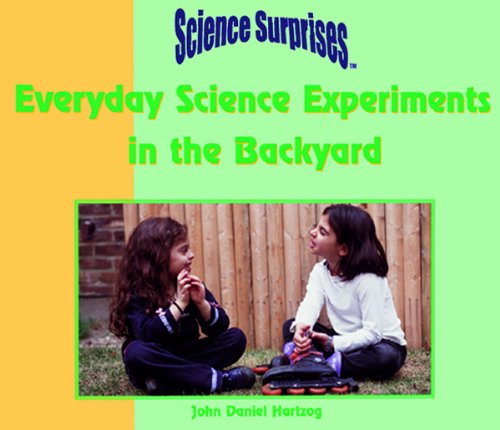Getting kids interested in science can be challenging. The Library of Congress has many online resources available to K-12 educators and their students including lesson plans, reading lists, and more that each relate to a specific topic in science. You can find these resources by visiting https://www.loc.gov/education/.
This month we are featuring the list entitled, “Science Projects in Biology, Natural History and Agriculture.” The list can be found at http://www.loc.gov/rr/scitech/tracer-bullets/bio-agtb.html.
There are few word pairs that strike fear into the hearts of parents like the words “science fair.” It’s not that science fair projects are that difficult in and of themselves; the problem often comes in finding a project that is interesting and is within the scope and ability of the student and his family. Nevertheless, teachers who want their students to understand how science works assign projects to kids, hoping that the next Nobel Laureate might be inspired to do great things as a result.
We have a great resource with some science fair project ideas ready to go. Entitled Energy Fair, the guide contains an example project, guidelines for completing a project from hypothesis to conclusion, and a set of worksheets designed to help your student choose a topic that is interesting to her. The guide ends with a page of questions about energy-related topics that might help guide your student into selecting a topic.
However, as shocking as it may seem, not all students are as excited as we are about energy. What can you do to help those kids find a science fair project about which they can be excited and engaged? The Library of Congress has a list of project resources related to life sciences. The list, referenced above, is a compilation of books, articles, project guides and bibliographies that you can use to help your student find a life science related topic for the science fair. There are other project lists, too, which can be found at http://www.loc.gov/rr/scitech/tracer-bullets/tbs.html.

One resource listed is Everyday Science Experiments with Food, written by John Daniel Hartzog. It is a short book of ten food-related experiments, with step-by-step instructions, that kids can do on their own. The book is not a science fair project book on its own, but the experiments can be easily adapted into science fair projects by helping kids find a  question related to them. For example, one experiment, Calcium Makes Strong Bones, has students soaking a chicken bone in vinegar to dissolve the calcium and leave the protein behind. The activity could be turned into a project by asking “What animal bones have the most calcium?” and then measuring the mass of various bones from foods, such as from beef, pork, chicken, and turkey, before and after soaking in vinegar. Grow a
question related to them. For example, one experiment, Calcium Makes Strong Bones, has students soaking a chicken bone in vinegar to dissolve the calcium and leave the protein behind. The activity could be turned into a project by asking “What animal bones have the most calcium?” and then measuring the mass of various bones from foods, such as from beef, pork, chicken, and turkey, before and after soaking in vinegar. Grow a 
Potato could be adapted by changing up the growing conditions, or asking how large the potato chunk must be to grow a good plant.

The book is one in a series called Science Surprises and is written for students in approximately grades 2-5. However, older students could find the activities fun, too. The other titles are Everyday Science Experiments in the Backyard, Everyday Science Experiments in the Car, Everyday Science Experiments in the Gym, Everyday Science Experiments in the Kitchen, and Everyday Science Experiments at the Playground. At only twenty-four pages including index and Internet resources, Everyday Experiments with Food is a very manageable book that would make a great holiday gift or addition to a classroom library. Library of Congress number TX355.H295
